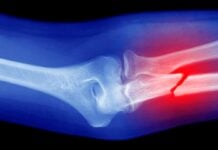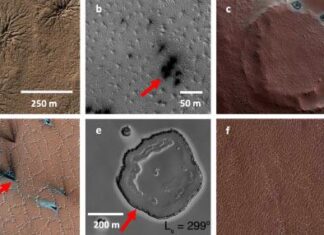The sense of smell is more than just a pleasant experience; it plays a vital role in our lives, from ensuring food safety to detecting environmental hazards and aiding medical diagnoses. Artificial olfaction, aiming to mimic this crucial ability, holds immense potential for various applications, but faces a key hurdle: accurately replicating the human nose’s complexity. Now, researchers at the National Institute of Materials Science (NIMS) are shedding light on how chemical sensors detect odors, taking us a step closer to practical artificial noses.
The challenge lies in creating chemical sensors sensitive enough to identify and differentiate between countless odor molecules – a task akin to deciphering an intricate code. Traditional approaches relied on AI algorithms to classify smells based on sensor responses, but without understanding why the AI made certain connections. This ‘black box’ nature hindered the development of truly effective artificial noses.
Enter explainable AI (XAI). By visualizing which data points the AI relies upon when differentiating between odors, XAI acts like a detective, revealing the underlying logic behind its decisions. Applied to an array of 94 odorant molecules and 14 different sensor materials, XAI illuminated how specific chemical receptors within these sensors respond to various smells.
The results were striking: the key features triggering identification varied depending on the molecule and receptor combination. For instance, aromatic compounds activated receptors containing aromatic rings, highlighting a fundamental principle in olfactory recognition. This discovery paves the way for designing sensors tailored to specific target molecules – like identifying trace amounts of dangerous gases or even detecting subtle differences between food varieties.
Beyond practical applications, XAI’s insights offer a window into the complexities of human olfaction itself. By mirroring the workings of our own noses at a molecular level, this research could unlock fundamental mysteries about how we perceive and distinguish smells.
This breakthrough promises to accelerate the development of powerful artificial olfaction systems, ushering in an era where technology can accurately ‘smell’ its way through increasingly complex challenges – from ensuring food safety to revolutionizing medical diagnostics.






























